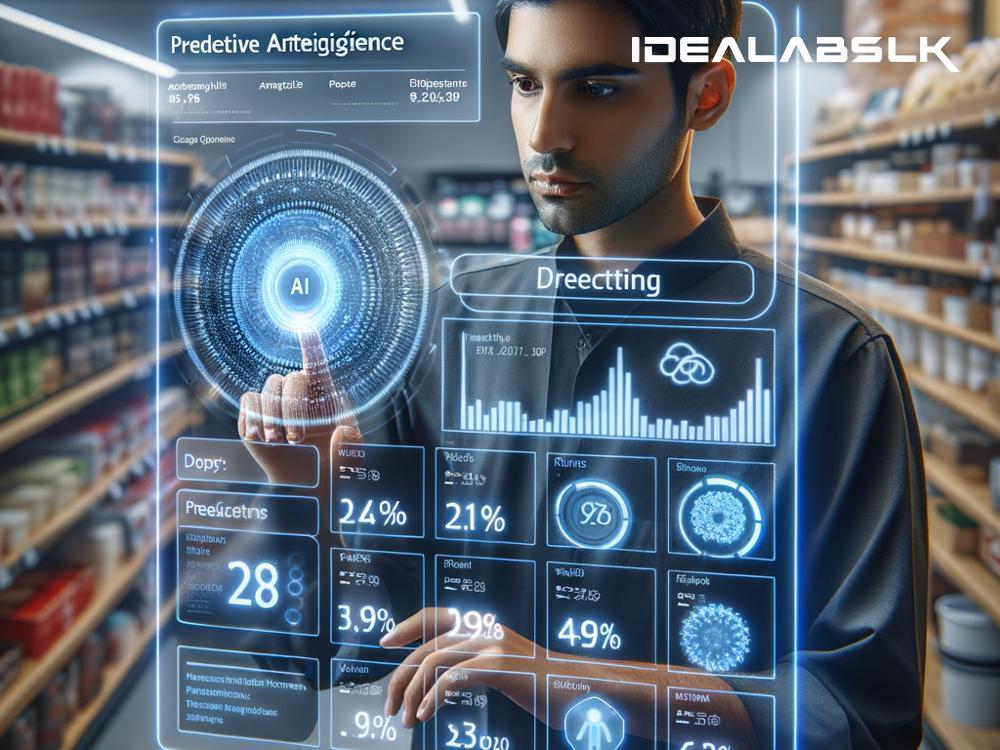Title: The Future of Predictive AI in Retail Pricing
In today's fast-paced retail world, understanding how to price products effectively is more crucial than ever. This is where the concept of predictive AI, or artificial intelligence that can forecast future trends, comes into play. The future of retail pricing is being reshaped by predictive AI, offering an intriguing glimpse into how technology can help retailers stay one step ahead in the competitive market. Let's dive into what predictive AI is and how it's changing the game for retail pricing.
Understanding Predictive AI
At its core, predictive AI involves using advanced algorithms and machine learning techniques to predict future outcomes based on past and current data. It's like having a crystal ball that gives retailers insights into what could happen in the future, but this crystal ball doesn't rely on magic. Instead, it uses data, lots of it, to make informed guesses about future trends, customer behavior, and potential pricing strategies.
The Power of Predictive AI in Retail Pricing
The retail industry is notorious for its thin margins and intense competition. Pricing, as a result, becomes a delicate balance between profitability and attractiveness to customers. This is where predictive AI steps in, offering several key advantages:
Dynamic Pricing
Imagine if a store could change the price of its products based on current demand, stock levels, or competitor pricing in real-time. That's what dynamic pricing is all about, and predictive AI is making it more accurate and effective. AI can analyze multiple factors simultaneously to suggest the best possible price at any given moment, ensuring retailers can maximize their margins while staying competitive.
Customer Demand Forecasting
Predictive AI can sift through vast amounts of data to identify purchasing trends, seasonal demands, and even predict future hot-selling items. By understanding what customers will want, retailers can adjust their pricing strategies in advance, ensuring they're not caught off guard.
Inventory Management
Overstocking or understocking can lead to lost sales or excess costs. Predictive AI helps retailers maintain just the right level of inventory by forecasting future demand accurately. This leads to smarter purchasing decisions, better stock levels, and, by extension, optimal pricing to clear out inventory without suffering a loss.
Real-world Applications and Success Stories
Some of the world’s leading retailers are already harnessing the power of predictive AI to revolutionize their pricing strategies. From global giants like Amazon, which uses predictive AI to adjust prices millions of times a day, to traditional brick-and-mortar stores that use AI to forecast seasonal demand and set prices accordingly, the success stories are many and varied. These companies are not only improving their margins but also enhancing the customer shopping experience by offering the right product at the right price at the right time.
The Challenges Ahead
As promising as predictive AI is, it's not without its challenges. Privacy concerns, data accuracy, the need for continuous learning and adaptation, and the sheer complexity of global markets are just some of the hurdles. Moreover, as AI becomes more prevalent, the issue of ethical pricing and avoiding price discrimination will become increasingly important.
The Future Horizon
Looking ahead, the future of predictive AI in retail pricing looks both exciting and inevitable. As technology advances and becomes more accessible, even smaller retailers will be able to leverage AI to optimize their pricing strategies. Furthermore, as AI systems become more sophisticated, they will be able to take into account a wider range of factors, including real-time global economic indicators, social media trends, and even weather patterns, to inform pricing strategies.
Conclusion
The fusion of AI and retail pricing is paving the way for a future where data-driven decisions dominate. Predictive AI stands as a beacon of innovation, guiding retailers towards more dynamic, efficient, and customer-friendly pricing strategies. While challenges remain, the potential benefits of predictive AI in retail pricing—increased profitability, optimized inventory levels, and enhanced customer satisfaction—are too significant to ignore. As we move forward, one thing is clear: the retailers who embrace the power of predictive AI will be the ones leading the charge in the market's next evolutionary step.

